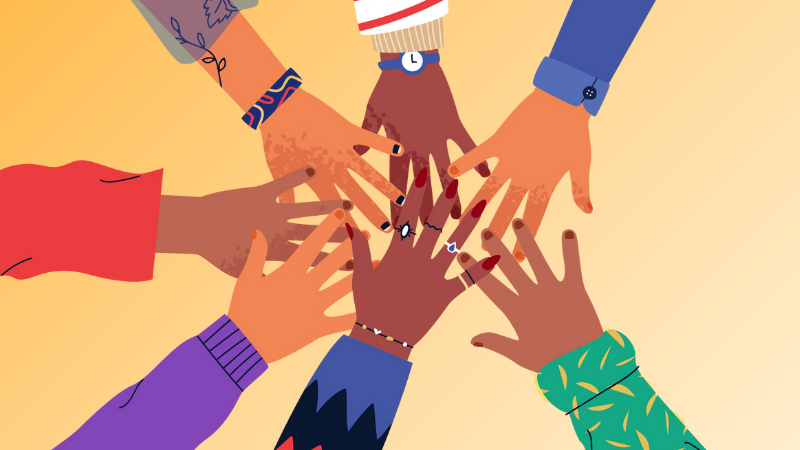Leaders that Identify with Multiple Minority Groups

On Lead Read Today, I have written about many different “types” of minority leaders, such as female leaders, leaders of color and gay and lesbian leaders. When discussing diversity and inclusion, it is often easy to separate each topic in order to fully examine it . . . but in real life, the world isn’t quite so black and white.
For instance, consider Ursula Burns, the former CEO of Xerox. In 2009, she made history by being named the first black female CEO of a Fortune 500 company. What was it like for her as a leader? Did she have similar experiences to other female leaders or to other leaders of color? Or was her experience a qualitatively different one? In other words, is being a female of color different than being a female and different than being a person of color? Intersectionality seeks to examine this idea.
Intersectionality refers to the notion that minority statuses cannot be isolated from each other but instead interact with each other – and should therefore be studied as such (Warner, 2008) [1]. Black women do not think of their gender and their race as separate things; they see the two as informing and affecting each other. So why shouldn’t we as scholars and leaders do so as well? In this way, being a black woman essentially becomes a different identity status, separate from one’s identity as a woman or as a person of color.
Although I’m talking about this in the context of black women, it’s important to note that intersectionality applies to any combination of minority statuses. Intersectionalists suggest that older people should be studied as well as people with disabilities – but also, older people with disabilities should be studied, too. And perhaps we include older people of color with disabilities; people can identify with more than two identity statuses as well.
What happens when we think about minority statuses as separate concepts and we don’t consider intersectionality? Think about black lesbians. When most people think of a gay person, they think of a white male. Even if they are prompted to think about lesbians, they are still likely thinking about a white lesbian. On the other hand, when most people think about people of color, they are likely thinking about heterosexual people. Where does this leave lesbians of color? They are often forgotten about – and (as I discussed earlier) they have very unique experiences which are different from others, so we need to acknowledge them too.
Research supports the idea that people who identify with multiple identity statuses often face different (and at times, worse) outcomes than others. For example, one study described different leaders in situations where an organization was struggling[2]. Everyone in the study read about the same context, but the race and the gender differed for each participant (this was the only difference, though).
What the study found was that black females were seen as worse than black males and white females, suggesting that they were punished doubly, given their two minority statuses. Researchers often refer to this phenomenon as “double jeopardy” (similarly, “triple jeopardy” can describe people who identity with three minority statuses). Qualitative research on black women has found that much of this is because of stereotypes unique to this group; various beliefs and expectations about black women often mean that they are thought of as nurturing and supportive caretakers — but also too aggressive at the same time[3].
Diversity and inclusion professionals see intersectionality as the wave of the future, so organizations should take note. As our society’s collective understanding of issues of minority experiences deepens, more and more people are thinking about how these issues are all interrelated. Many organizations are working hard to develop minority leaders through mentoring opportunities, succession planning and just general culture change programs (among many methods). Yes, organizations should be thinking about ways of increasing female representation among senior leadership, as well as people of color (for example). But why not also think about ways of getting more women of color into leadership positions? If minority representation in leadership yields benefits, this will only result in even more positive outcomes for everyone.
References
[1] Warner, L. (2008). A best practices guide to intersectional approaches in psychological research. Sex Roles, 59, 454-463.
[2] Rosette, A., & Livingston, R. (2012). Failure is not an option for Black women: Effects of organizational performance on leaders with single versus dual-subordinate identities. Journal of Experimental Social Psychology, 48, 1162-1167.
[3] Holder, A. M. B., Jackson, M. A., & Ponterotto, J. G. (2015). Racial microaggression experiences and coping strategies of Black women in corporate leadership. Qualitative Psychology, 2, 164–180.


